Arctic Explorer



Arctic Explorer
More Posts from Flurries-and-frost and Others

Ghost Ship - or barque Europa in dense fog, Photo: Brendan Byrne
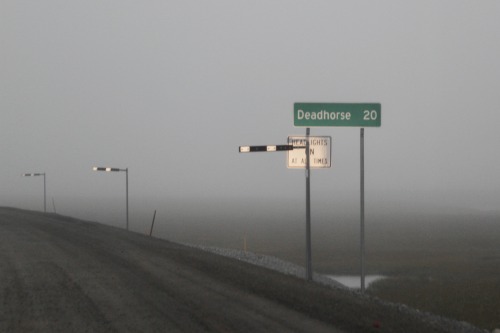
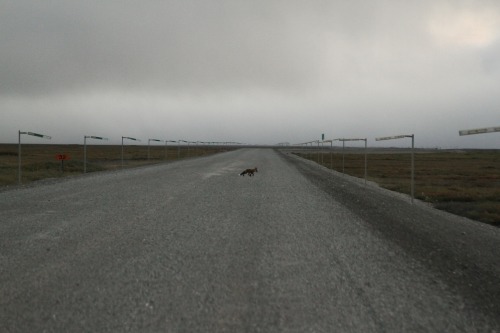
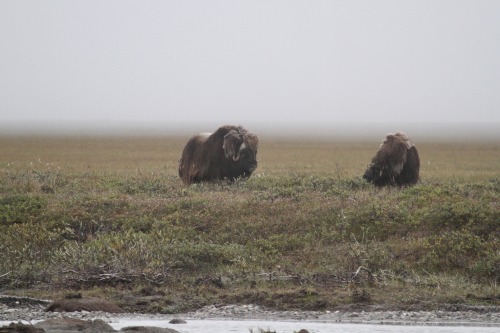

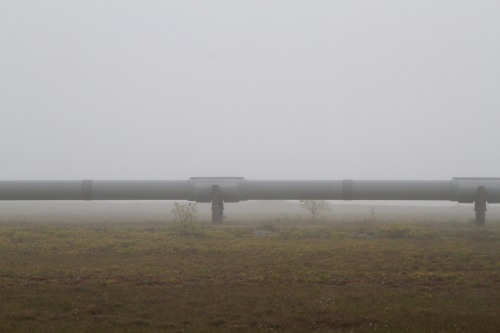
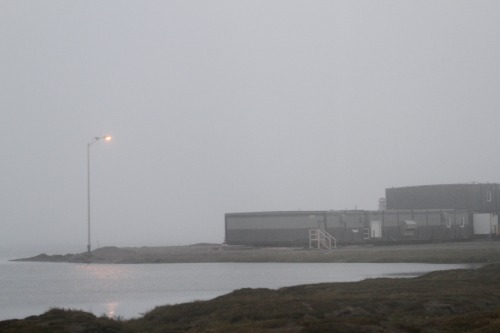

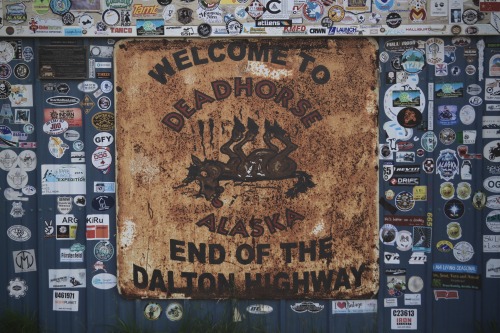
The final 20 miles of the Dalton driven in the fog, North Slope, Alaska
Taken August 2020


Aurora Borealis by Frederic Edwin Church, 1865

In Search of Those Lost
I’m currently super interested in Arctic exploration. This is mostly inspired by the searches for the lost Franklin expedition.
May they rest in peace.

In temperatures that drop below -20 degrees Fahrenheit, along a route occasionally blocked by wind-driven ice dunes, a hundred miles from any other people, a team led by two of our scientists are surveying an unexplored stretch of Antarctic ice.
They’ve packed extreme cold-weather gear and scientific instruments onto sleds pulled by two tank-like snow machines called PistenBullys, and after a stop at the South Pole Station (seen in this image), they began a two- to three-week traverse.
The 470-mile expedition in one of the most barren landscapes on Earth will ultimately provide the best assessment of the accuracy of data collected from space by the Ice Cloud and land Elevation Satellite-2 (ICESat-2), set to launch in 2018.
This traverse provides an extremely challenging way to assess the accuracy of the data. ICESat-2’s datasets are going to tell us incredible things about how Earth’s ice is changing, and what that means for things like sea level rise.
Make sure to follow us on Tumblr for your regular dose of space: http://nasa.tumblr.com.
what if the solution to all your problems is to get really into the history of polar exploration. Have you tried that
You can't even go on an expedition to find a passage through dangerous ice fields and die alongside 100+ men for your hubris anymore. Because climate change 🙄


Photo Series | ~ Help! ~
Images by ©
• Sunil Singh
On an arctic expedition from Svalbard, we spotted this polar bear at about 81 degrees north. Fast melting glaciers and pack ice melting sooner than normal due to climate change have made extinction of this beautiful creatures a real threat. Their future is in our hands.
-
 stuckinaliminalstate reblogged this · 1 year ago
stuckinaliminalstate reblogged this · 1 year ago -
 hadrkris liked this · 1 year ago
hadrkris liked this · 1 year ago -
 raccoonscity reblogged this · 2 years ago
raccoonscity reblogged this · 2 years ago -
 raccoonscity liked this · 2 years ago
raccoonscity liked this · 2 years ago -
 thescorpioking1983 reblogged this · 2 years ago
thescorpioking1983 reblogged this · 2 years ago -
 thescorpioking1983 liked this · 2 years ago
thescorpioking1983 liked this · 2 years ago -
 reeflarking liked this · 3 years ago
reeflarking liked this · 3 years ago -
 butdidmarlenacomebackhome liked this · 3 years ago
butdidmarlenacomebackhome liked this · 3 years ago -
 kyosehaiji reblogged this · 3 years ago
kyosehaiji reblogged this · 3 years ago -
 moonstonemoonlight liked this · 3 years ago
moonstonemoonlight liked this · 3 years ago -
 tatogender reblogged this · 3 years ago
tatogender reblogged this · 3 years ago -
 tatogender liked this · 3 years ago
tatogender liked this · 3 years ago -
 moonlightink7 reblogged this · 3 years ago
moonlightink7 reblogged this · 3 years ago -
 moonlightink7 liked this · 3 years ago
moonlightink7 liked this · 3 years ago -
 jawbone-xylophone reblogged this · 3 years ago
jawbone-xylophone reblogged this · 3 years ago -
 mastabas-and-mushussu liked this · 3 years ago
mastabas-and-mushussu liked this · 3 years ago -
 novagoatia liked this · 3 years ago
novagoatia liked this · 3 years ago -
 acidictrees reblogged this · 3 years ago
acidictrees reblogged this · 3 years ago -
 acidictrees liked this · 3 years ago
acidictrees liked this · 3 years ago -
 rosalynscott reblogged this · 4 years ago
rosalynscott reblogged this · 4 years ago -
 maureenkpliskin liked this · 4 years ago
maureenkpliskin liked this · 4 years ago -
 rebelfandomheven liked this · 4 years ago
rebelfandomheven liked this · 4 years ago -
 cripple-cat reblogged this · 4 years ago
cripple-cat reblogged this · 4 years ago -
 cripple-cat liked this · 4 years ago
cripple-cat liked this · 4 years ago -
 haysugizohay liked this · 4 years ago
haysugizohay liked this · 4 years ago -
 jinglehop reblogged this · 4 years ago
jinglehop reblogged this · 4 years ago -
 hnnnnnnnm reblogged this · 4 years ago
hnnnnnnnm reblogged this · 4 years ago -
 chaotic-bastard-incarnate reblogged this · 4 years ago
chaotic-bastard-incarnate reblogged this · 4 years ago -
 chaotic-bastard-incarnate liked this · 4 years ago
chaotic-bastard-incarnate liked this · 4 years ago -
 wengoku liked this · 4 years ago
wengoku liked this · 4 years ago -
 quizzyy liked this · 4 years ago
quizzyy liked this · 4 years ago -
 iolitemoth liked this · 4 years ago
iolitemoth liked this · 4 years ago -
 corv1kn1ght liked this · 4 years ago
corv1kn1ght liked this · 4 years ago -
 galestral liked this · 4 years ago
galestral liked this · 4 years ago -
 squidgypidgeon liked this · 4 years ago
squidgypidgeon liked this · 4 years ago -
 itsqueenofthebunnies liked this · 4 years ago
itsqueenofthebunnies liked this · 4 years ago -
 cheeseyturtle liked this · 4 years ago
cheeseyturtle liked this · 4 years ago -
 swimmingferret reblogged this · 4 years ago
swimmingferret reblogged this · 4 years ago -
 imakam liked this · 4 years ago
imakam liked this · 4 years ago -
 amayanocturna reblogged this · 4 years ago
amayanocturna reblogged this · 4 years ago -
 amayanocturna liked this · 4 years ago
amayanocturna liked this · 4 years ago -
 notorious-b-i-queen liked this · 4 years ago
notorious-b-i-queen liked this · 4 years ago -
 bifauxnenstroganoff liked this · 4 years ago
bifauxnenstroganoff liked this · 4 years ago -
 orallech reblogged this · 4 years ago
orallech reblogged this · 4 years ago -
 puklaw liked this · 4 years ago
puklaw liked this · 4 years ago
